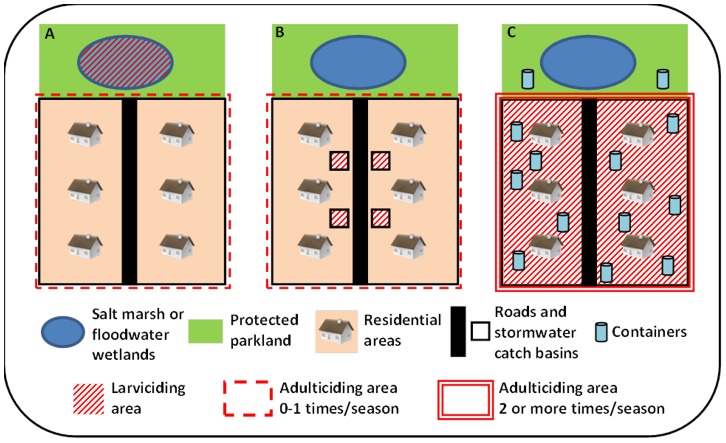Figure 3. Schematic representation of mosquito habitat and control paradigm.
(A) Salt marsh and floodwater Aedes spp. emerge outside of residential areas and may be effectively controlled at the larval wetland habitat with timely larvicide applications (no adulticiding required). Heavy infestation may require infrequent (usually once per season) adulticide applications. (B) Urban Culex spp. utilize manmade stormwater structures within the residential areas. Delayed release larvicide formulations are very effective in suppressing Culex spp. emergence. In the years with high WNV activity, a timely adulticide application may be required for prevention of virus transmission to humans. (C) Ae. albopictus is a container-inhabiting species whose larval habitat is unpredictable and widespread throughout the residential as well as the adjacent natural areas. Effective control of biting adults may require combined areawide larvicide and adulticide applications, likely to be repeated multiple times during a mosquito season.

